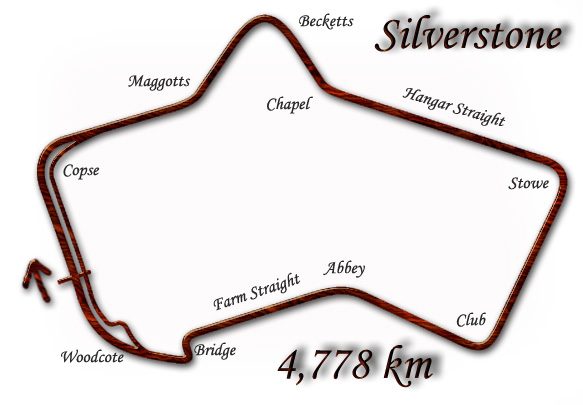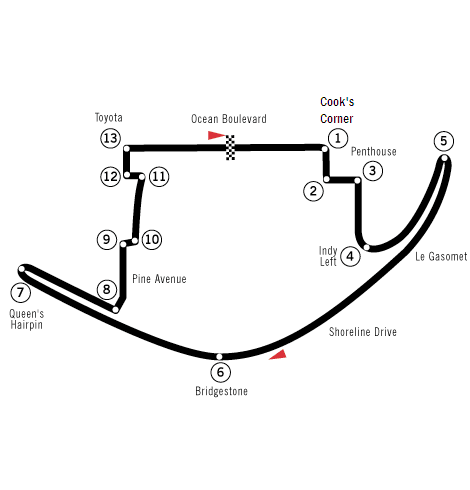What irks me is the idea that a tight corner has to be fed by another tight corner, for some oddball reason. There's nothing really gained from it, especially if there's no mechanical risk involved in running wide; I'm not advocating demolition derby, but some semblance of challenge and fear of running off ought to be given a thought for screwing up. Instead, we have to argue whether a pass was 100% legal or not.
Whereas Fuji has five in succession; painfully slow right-hander, painfully-slow left hander, slow right-hander, painfully slow left-hander, very slow right-hander.
Granted, if you take away the double hairpin, the first right hander at the foot of the circuit is a bit more sweeping but the run off area makes it seem far less impressive. And the two slow corners preceding the final straight are just silly. One would have done.
When I read the point about run off and legal overtakes, Sebastian Vettel immediately sprang to mind. He loves to use all of the track and then some, pretty much because he can. There's far fewer consequences of leaving the race track. Look at La Source these days. Vettel isn't the only one to do this, of course.
Fuji to me is one of the worst car park tracks. Aesthetically, it looks awful. I know the aesthetics of a race track are far from what qualifies as a good race track, but that's still how it looks to me. You can't tell where the track ends, the run off begins and where the edge of the circuit perimetres are. As does Spa, in places. I fully appreciate the efforts to improve driver safety, and the dangers of flipping on gravel, but there surely has to be a compromise somewhere between catch fencing of the 80s, gravel traps of the 90s and the run off areas of the 00s?
Finally, out of pure curiosity, I'd like to know the stats about F1 cars flipping in gravel traps because of the gravel trap itself, rather than flipping
into the gravel trap area, or because of an incident where flipping was an unavoidable and unfortunate byproduct.




 Perhaps tightening up the slower corners instead of butchering the whole thing, would have been a better solution?
Perhaps tightening up the slower corners instead of butchering the whole thing, would have been a better solution?






 .
.